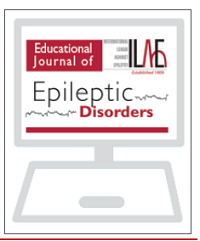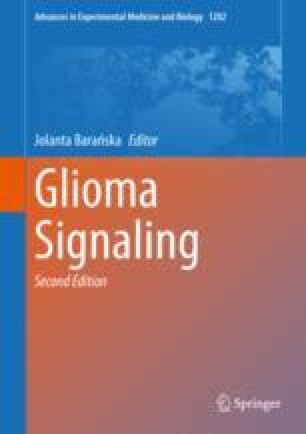 “Medicinal use of Cannabis sativa L. has an extensive history and it was essential in the discovery of phytocannabinoids, including the Cannabis major psychoactive compound-Δ9-tetrahydrocannabinol (Δ9-THC)-as well as the G-protein-coupled cannabinoid receptors (CBR), named cannabinoid receptor type-1 (CB1R) and cannabinoid receptor type-2 (CB2R), both part of the now known endocannabinoid system (ECS).
“Medicinal use of Cannabis sativa L. has an extensive history and it was essential in the discovery of phytocannabinoids, including the Cannabis major psychoactive compound-Δ9-tetrahydrocannabinol (Δ9-THC)-as well as the G-protein-coupled cannabinoid receptors (CBR), named cannabinoid receptor type-1 (CB1R) and cannabinoid receptor type-2 (CB2R), both part of the now known endocannabinoid system (ECS).
Cannabinoids is a vast term that defines several compounds that have been characterized in three categories: (i) endogenous, (ii) synthetic, and (iii) phytocannabinoids, and are able to modulate the CBR and ECS. Particularly, phytocannabinoids are natural terpenoids or phenolic compounds derived from Cannabis sativa.
However, these terpenoids and phenolic compounds can also be derived from other plants (non-cannabinoids) and still induce cannabinoid-like properties. Cannabimimetic ligands, beyond the Cannabis plant, can act as CBR agonists or antagonists, or ECS enzyme inhibitors, besides being able of playing a role in immune-mediated inflammatory and infectious diseases, neuroinflammatory, neurological, and neurodegenerative diseases, as well as in cancer, and autoimmunity by itself.
In this review, we summarize and critically highlight past, present, and future progress on the understanding of the role of cannabinoid-like molecules, mainly terpenes, as prospective therapeutics for different pathological conditions.”

 “Opioid receptor agonist drugs, such as morphine, are very effective for treating chronic and severe pain; but, tolerance can develop with long-term use. Although there is a lot of information about the pathophysiological mechanisms of opioid tolerance, it is still not fully clarified. Suggested mechanisms for opioid tolerance include opioid receptor desensitisation, reduction of sensitivity G-proteins, activation of mitogen-activated protein kinase (MAPK), altered intracellular signaling pathway including nitric oxide, and activation of mammalian target of rapamycin (mTOR).
“Opioid receptor agonist drugs, such as morphine, are very effective for treating chronic and severe pain; but, tolerance can develop with long-term use. Although there is a lot of information about the pathophysiological mechanisms of opioid tolerance, it is still not fully clarified. Suggested mechanisms for opioid tolerance include opioid receptor desensitisation, reduction of sensitivity G-proteins, activation of mitogen-activated protein kinase (MAPK), altered intracellular signaling pathway including nitric oxide, and activation of mammalian target of rapamycin (mTOR). “For many centuries,
“For many centuries,  “A growing body of literature indicates that activation of
“A growing body of literature indicates that activation of  “Highly purified
“Highly purified  “Novel anticancer medicines, including targeted therapies and immune checkpoint inhibitors, have greatly improved the management of cancers. However, both conventional and new anticancer treatments induce cardiac adverse effects, which remain a critical issue in clinic.
“Novel anticancer medicines, including targeted therapies and immune checkpoint inhibitors, have greatly improved the management of cancers. However, both conventional and new anticancer treatments induce cardiac adverse effects, which remain a critical issue in clinic. “Cannabinoids are a group of structurally heterogeneous but pharmacologically related compounds, including plant-derived cannabinoids, synthetic substances and endogenous cannabinoids, such as anandamide and 2-arachidonoylglycerol.
“Cannabinoids are a group of structurally heterogeneous but pharmacologically related compounds, including plant-derived cannabinoids, synthetic substances and endogenous cannabinoids, such as anandamide and 2-arachidonoylglycerol. “Septic lung injury is one of main causes of high mortality in severe patients. Inhibition of excessive inflammatory response is considered as an effective strategy for septic lung injury.
“Septic lung injury is one of main causes of high mortality in severe patients. Inhibition of excessive inflammatory response is considered as an effective strategy for septic lung injury. “Human endocannabinoid systems modulate multiple physiological processes mainly through the activation of
“Human endocannabinoid systems modulate multiple physiological processes mainly through the activation of